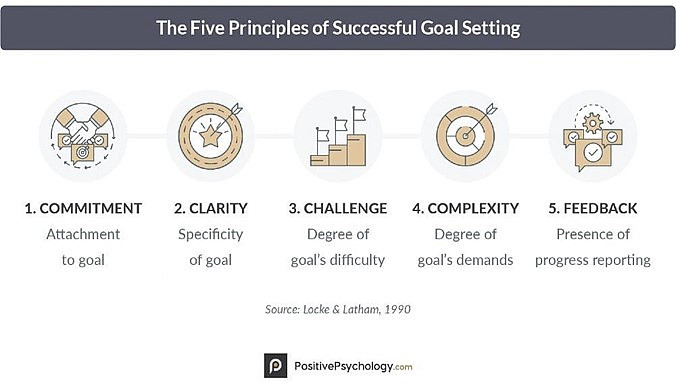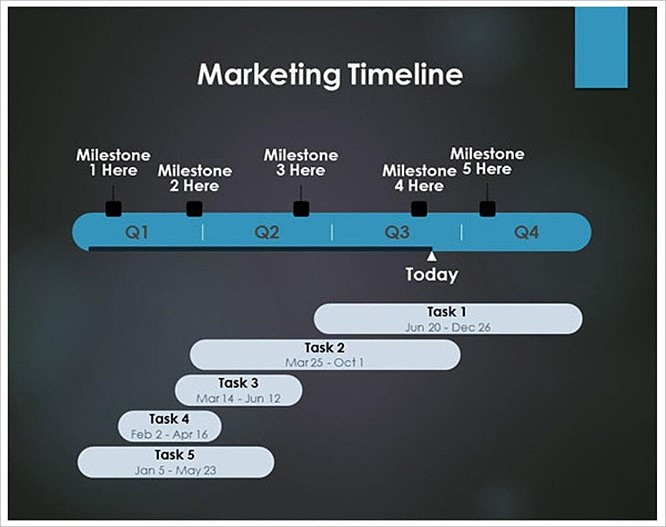Business is hard work. You have so much on your plate, from meeting your target audience's needs to coming up with effective marketing strategies. In a competitive environment, it can be incredibly difficult for businesses to reach potential customers, increase brand awareness, and generate qualified leads.
If that sounds like you, there is a simple solution: co-marketing. This guide will help you get it right.
Definition of Co-Marketing
Co-marketing entails teaming up with one or more businesses to develop a marketing campaign. It is not the same as co-branding, which refers to two companies' strategically teaming up and, in the process, creating a new product together.
In co-marketing, the companies involved create a partnership to market the products and services they already offer to potential customers. The marketing scheme involves promoting the products of both companies and increasing brand awareness.
The two main types of co-marketing are...
- Affiliate marketing, a popular type of digital marketing where brands actively collaborate with bloggers and influencers to increase brand awareness and reach their target audience
- Distribution partnership, a partnership where two brands bundle their products together or offer their products to another brand so that they can bundle them with their own
Here is an example of a co-marketing campaign by Etsy and General Assembly:

Etsy is a popular spot for crafters to offer their work; General Assembly offers courses on coding, business, data, and design skills. The companies collaborated and created events that offered Etsy crafters the opportunity to design products and host global events.
Co-marketing has many benefits:
- It's incredibly cost-effective (you share marketing costs with the brands you partner with).
- It expands your customer base.
- It gives you access to more talent.
- It helps small brands to boost their brand identity when relevant marketing messages are put forth via a larger, more established brand.
- It gives you access to additional data through your partner.
- It offers you a chance to learn more about your partner company, and you end up learning more about your own, too.
A Four-Step Plan for Creating a Co-Marketing Strategy
Creating a co- marketing strategy can seem like an intimidating task. However, with the right knowledge and tools, you can successfully implement a marketing partnership that benefits both companies.
1. Select a partner to pitch your idea to
You need to do thorough research before choosing a company to pitch your idea to. The campaign should benefit both brands. So, when looking for a partner to pitch to, ensure their company values resonate with your own. Your target audiences should be aligned, too.
In your pitch, portray your marketing schemes in an intriguing way. Go the extra mile and show the other company what opportunities it will miss by saying no to you. Don't focus on what you can gain from the partnership; focus on what your partner can gain.
2. Set goals for mutual benefits
It's pointless to pursue a co-marketing partnership if your goals are misaligned. Even if they're not identical, they should at least be complementary.
Those goals need to be clear from the get-go. When you know your goals, you'll know the strategies you need to implement to achieve them. Besides, if your goals aren't clear from the start, how can you expect your partner to help you achieve them?
Listen to and understand each other and what you seek to gain from the partnership.
Goal-setting can be challenging, and both partners need to understand its basic principles. Consider the following image:

You can also select metrics to track your progress.
3. Decide on a timeline
The only way to meet your co-marketing goals on time is to set a (realistic) timeline. It will prevent you from wasting time. When people have a deadline, they tend to procrastinate less because the deadline gives them added pressure.
So, when you discuss your timeline with your partner, also discuss who does what. For instance, who will be in charge of social media marketing collateral? Will that be your marketing team, or your partner's? Or maybe you'd rather have both of your teams working together?
The more specific the division of labor, the better. Should something fail to be delivered, you'll also know who should be held accountable.
Here is an example of a marketing timeline:

The key is to communicate. Neither partner should assign a task and a deadline to the other partner's team without consulting first. An efficient workflow will keep both companies up and running with great marketing prospects awaiting them both.
4. Draft the agreement
In other words, seal the deal.
Create a formal agreement of your co-marketing partnership with all the relevant details. Doing so will help both parties avoid misunderstandings later. Include things such as content formats, for instance, so any party can look back on the agreement if confusion arises.
The co-marketing partnership document can be legal or non-legal; it's up to both companies to decide. If it's your first partnership, a legal document may be the better option.
In your agreement, include everything you've talked about: the timeline, common goals, products you will sell online, blog post topics if it's a content marketing collaboration, and so on. Both partners must have an equal say in decision-making. That ensures fairness and equity, and it adds value to the relationship as well.
* * *
Co-marketing has so many benefits: access to more resources and more talent, among other things. You build strong relationships with other brands, as well.
But for a co-marketing partnership to be successful, it must be strategic. Follow the steps in this article: Choose the right partner, set goals for mutual benefits, decide on the timeline, and then draft the agreement.
Communicate with your partner at all times. The aim is to help each other achieve each other's goals. If you and your partner have that in mind at all times, your co-marketing partnership will yield great results for both of you.
More Resources on Marketing Partnerships and Co-Marketing
How to Build a Solid Channel-Partner Marketing Plan
How to Create Successful B2B Relationships
How to Create a Thriving Ecosystem of Customers, Partners, Advocates, and Influencers




